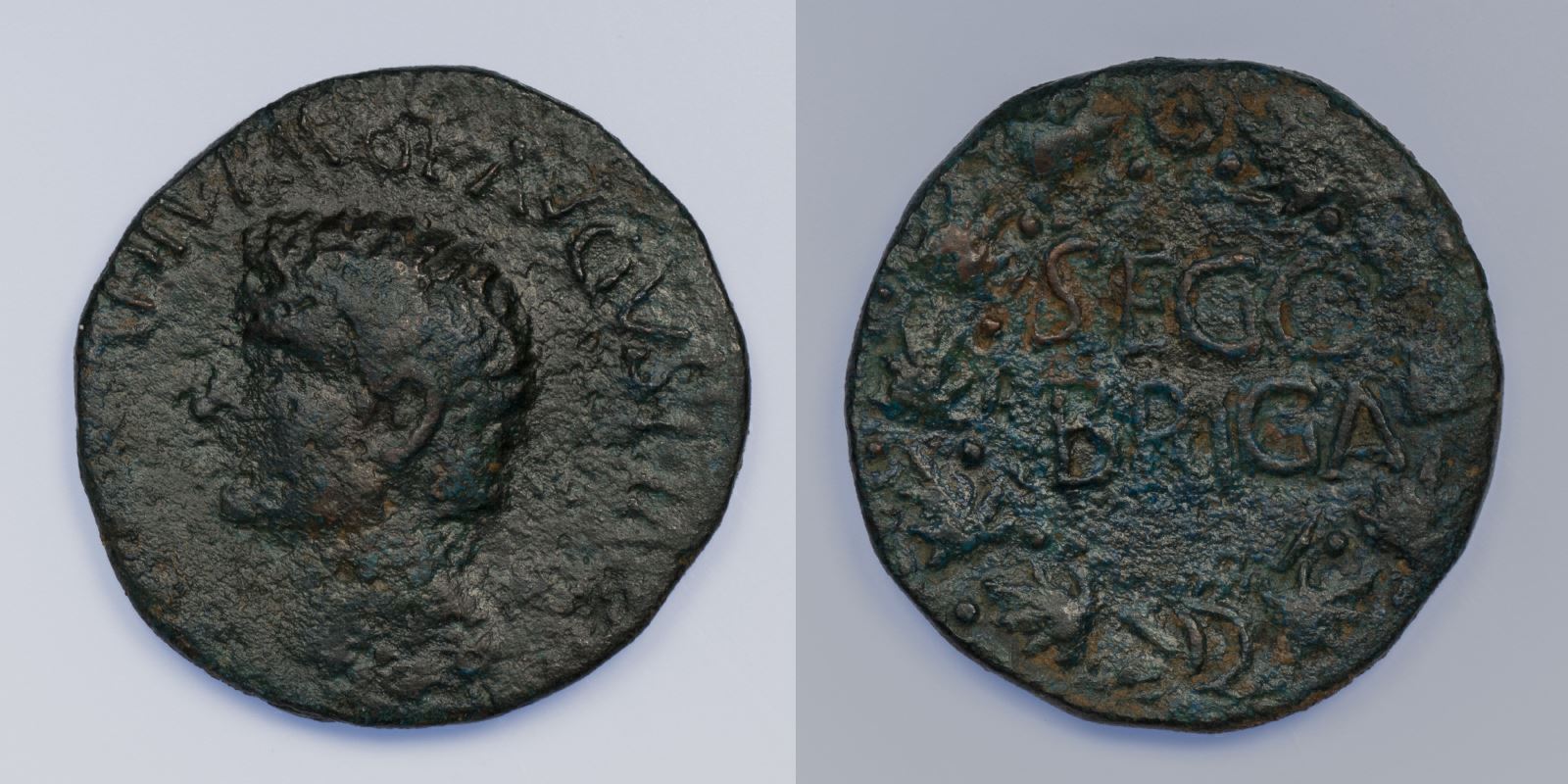Segóbriga was an important Celtic and Roman city, and is today an impressive site located on a hill near the present town of Saelices.
The name of Segóbriga derives from two terms of Celtiberian origin, language of the Indo-European Celtic branch. The toponym would come from the term Sego-, which would mean victory (prefix also present in the name of the cities of Segovia, Segorbe, Segeda and Segontia), and of the suffix -briga, which would mean city, strength.
In the time of Augustus it ceased to be a stipendiary city, which paid tribute to Rome, and became a municipium, a city ruled by Roman citizens, increasing the status of the city notably. This led to an economic boom and a large program of monumental constructions that must have ended in flavian epoch, towards 80, to which public leisure buildings and the wall that can be admired today.
Its definitive depopulation had to begin after the Muslim invasion of the Iberian Peninsula, when its bishops and governing elites fled towards the north, looking for the shelter of the Christian kingdoms.
The name of Segóbriga derives from two terms of Celtiberian origin, language of the Indo-European Celtic branch. The toponym would come from the term Sego-, which would mean victory (prefix also present in the name of the cities of Segovia, Segorbe, Segeda and Segontia), and of the suffix -briga, which would mean city, strength.
In the time of Augustus it ceased to be a stipendiary city, which paid tribute to Rome, and became a municipium, a city ruled by Roman citizens, increasing the status of the city notably. This led to an economic boom and a large program of monumental constructions that must have ended in flavian epoch, towards 80, to which public leisure buildings and the wall that can be admired today.
Its definitive depopulation had to begin after the Muslim invasion of the Iberian Peninsula, when its bishops and governing elites fled towards the north, looking for the shelter of the Christian kingdoms.
Modern location: Saelices, Spain
(1)
Segobriga
.jpg)
Obverse: head right, crescent behind M below
Reverse: horseman with spear riding right; SEKoBiRIKeS
Diameter:
17 mm
Die Orientation: -
Weight: 2.4 g
Die Orientation: -
Weight: 2.4 g
No notes for this coin
ACIP 1869; SNG BM Spain 1049–51

